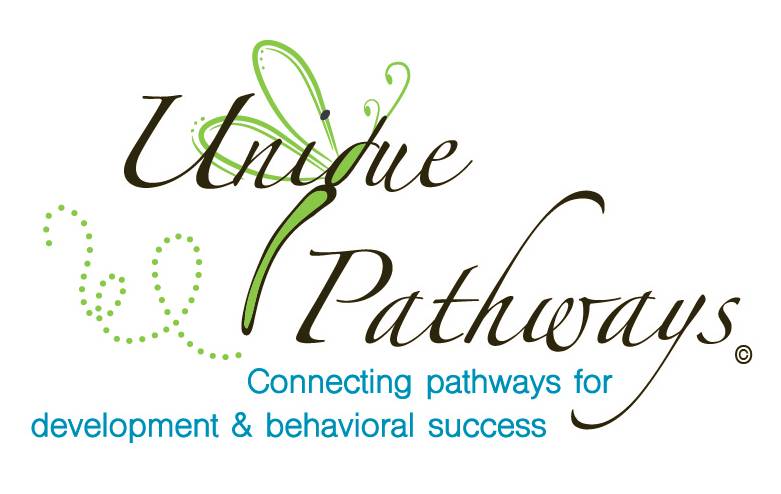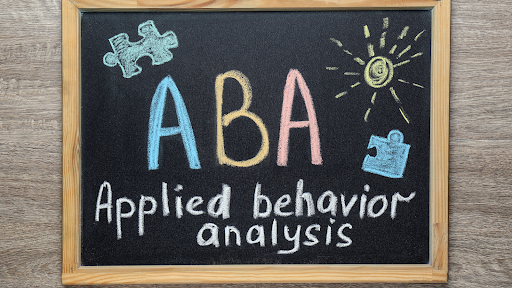The journey of understanding autism spectrum disorder (ASD) can feel overwhelming, especially when it comes to pinpointing the right tools for identifying and assessing it. That’s where the Gilliam Autism Rating Scale, Third Edition (GARS-3) steps in. Recognized as one of the most widely used instruments for identifying ASD, the GARS provides a clear, structured way to measure symptoms and estimate the severity of the disorder.
The GARS-3 not only aligns with the Diagnostic and Statistical Manual of Mental Disorders (DSM-5) guidelines, but it also simplifies the often complex process of diagnosing ASD. Whether you’re a parent, teacher, or clinician, this tool is designed to give insight into autism through straightforward assessment
methods.
Purpose and Structure
The purpose of the Gilliam Autism Rating Scale goes beyond mere diagnosis. This autism rating scale third edition has been thoughtfully crafted to cater to individuals aged 3-22, ensuring that symptoms are assessed with age-appropriate criteria and to understand the severity of its symptoms. With its autism index scores, it offers an efficient way to gauge how ASD presents itself in children and young adults.
It consists of 56 items grouped into six subscales:
-
Restricted/Repetitive Behaviors (13 items)
-
Social Interaction (14 items)
-
Social Communication (9 items)
-
Emotional Responses (8 items)
-
Cognitive Style (7 items)
-
Maladaptive Speech (7 items)
By offering a range of score summaries and autism indexes, the GARS aids professionals in understanding where a child or young adult falls on the autism spectrum, helping to shape targeted interventions.

Administration and Scoring
One of the standout features of the GARS is how quick and straightforward it is to administer. In just 5-10 minutes, this tool can be completed for both verbal and non-verbal individuals, making it accessible to a broad range of individuals on the autism spectrum. This flexibility allows for a more comprehensive evaluation, regardless of the individual’s communication abilities, ensuring that the results accurately reflect their behavior.
The assessment uses a 4-point Likert scale to rate behaviors based on how closely they match the individual being assessed:
-
0 = Not at all like the individual
-
1 = Not much like the individual
-
2 = Somewhat like the individual
-
3 = Very much like the individual
Once each behavior is rated, the scores from each subscale are added together to calculate an overall Autism Index. Higher autism index scores are indicative of more severe autistic behaviors, giving parents, teachers, and clinicians a clearer understanding of the individual’s placement on the autism spectrum disorder (ASD). This helps in determining the severity level and can guide further interventions.
Take the First Step Toward Understanding Autism
Results and Interpretation
The GARS offers a detailed and comprehensive approach to understanding an individual’s position on the autism spectrum disorder (ASD). Upon completing the assessment, the results are presented in several formats, each offering different insights into the individual’s behaviors and symptoms. The results include:
Standard Scores
These scores provide a comparison of the individual’s behaviors with those of the normative sample used in the development of the GARS-3. A higher standard score typically reflects more severe autistic behaviors. By comparing these scores, professionals can better understand how the individual’s behaviors align with typical ASD traits.
Percentile Ranks
This measurement indicates where the individual stands in comparison to the larger population. For example, if a child receives a percentile rank of 85, it means their autistic behaviors are more severe than 85% of the population. Percentile ranks help parents and professionals see where the individual falls relative to others, offering a clearer picture of the individual’s unique profile.
Severity Levels
One of the most useful components of the GARS-3 is its assignment of severity levels, which classify the likelihood of an ASD diagnosis into three categories:
-
Unlikely: The behaviors assessed do not strongly suggest autism. In this case, the likelihood of ASD is minimal.
-
Probable: The individual’s behaviors are indicative of autism, but further assessment may be needed to confirm the diagnosis.
-
Very Likely: The individual’s behaviors strongly align with those associated with ASD, and the probability of an autism diagnosis is high.
Indication of Likely Support Needs
Along with the diagnosis probability, the results give an indication of the level of support the individual may require. Those with higher autism index scores and more severe behaviors are more likely to need significant interventions, while lower scores might indicate milder symptoms, suggesting that less intensive support may be needed.
Clinical Applications
Research published by the NCBI shows that in a study of 137 individuals, 93% scored above the cut-off level for autism based on the GARS-3, highlighting its reliability in clinical settings.
What sets the GARS-3 apart is its ability to assess autism through six key behavioral domains, which include areas such as social communication, stereotyped behaviors, and emotional responses. By examining multiple aspects of an individual’s behavior, the GARS-3 provides a more holistic view of how autism manifests. This comprehensive assessment is essential for ensuring that the diagnosis is not only accurate but also reflective of the multifaceted nature of autism.
The clinical value of the GARS extends beyond diagnosis. It aids in identifying the severity level of autism spectrum disorders, allowing professionals to determine the individual’s likely support needs. This information helps clinicians recommend the right therapies, educational strategies, and support systems.

Summary of Key Features
The Gilliam Autism Rating Scale, Third Edition (GARS-3) is recognized for its ease of use and precision in identifying autism spectrum disorder (ASD). Here are the key features that make it a valuable assessment tool:
-
High reliability and validity, ensuring the results are both consistent and accurate across different settings and individuals.
-
Can be completed by parents, teachers, or through interviews with assessors, allowing for flexible administration depending on the individual’s environment.
-
Includes online scoring and reporting options, providing quick and easy access to results and generating narrative reports for further interpretation.
-
Available in both English and Spanish, making it accessible to a wider audience.
-
Offers an indication of the individual’s likely support needs, which aids in developing personalized intervention strategies.
-
Aligns with the Diagnostic and Statistical Manual of Mental Disorders (DSM-5), ensuring that the results are compatible with widely accepted diagnostic criteria.
-
Can be used with confidence due to its strong psychometric properties, including high internal consistency and proven effectiveness in clinical studies.
A Step Toward Better Understanding
Autism may bring uncertainties, but with tools like the GARS-3, there’s a path to better understanding. While it’s just one of many reliable assessments, the Gilliam Autism Rating Scale provides essential insights that can guide meaningful support for individuals with autism spectrum disorder.
Every evaluation helps families, teachers, and clinicians gain clarity, offering hope and a way to provide the right care. By using tools like this, we can take important steps toward helping individuals on the spectrum reach their full potential.







